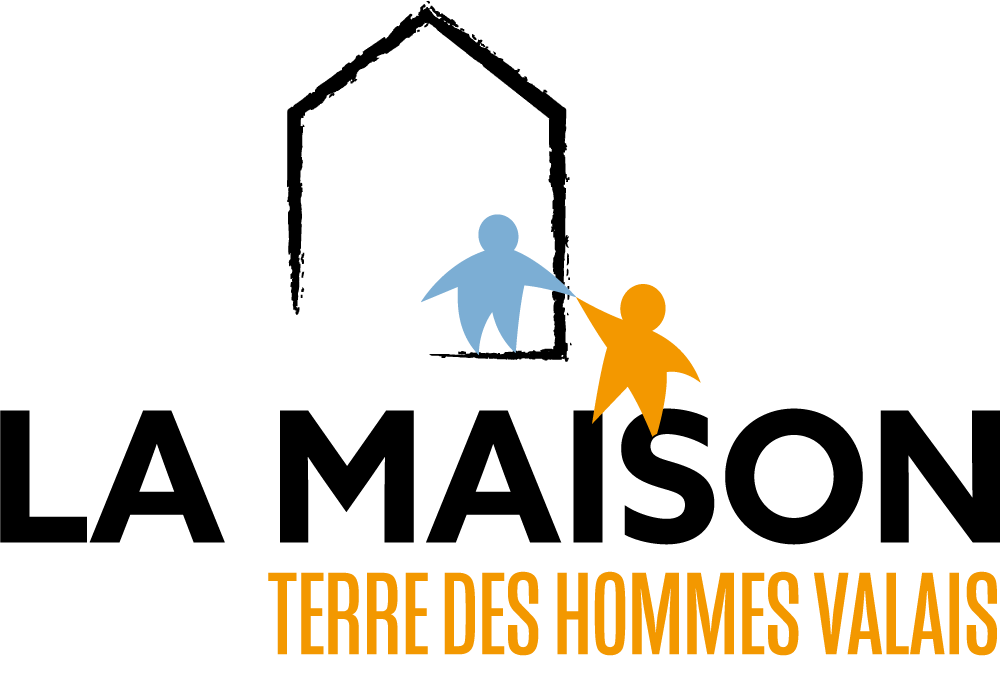Jolie, six years old, the story of a miracle
written on the 17.07.2025The life of Jolie, a little girl from Benin, was tragically turned upside down at the age of two. In August 2020, she accidentally ingested caustic soda. Her oesophagus was severely burnt and her respiratory system gradually affected. For nearly four years, Jolie survived in her home country. She was spotted in 2022 during a surgical mission, then transferred to Switzerland thanks to the Fondation Chirurgie pour l’Enfance Africaine (FCEA). In 2024, she arrived at La Maison, where she struggled for a year to return to a normal life, alongside her treatment at the University Hospital of Vaud (CHUV).
By Sanja Blazevic
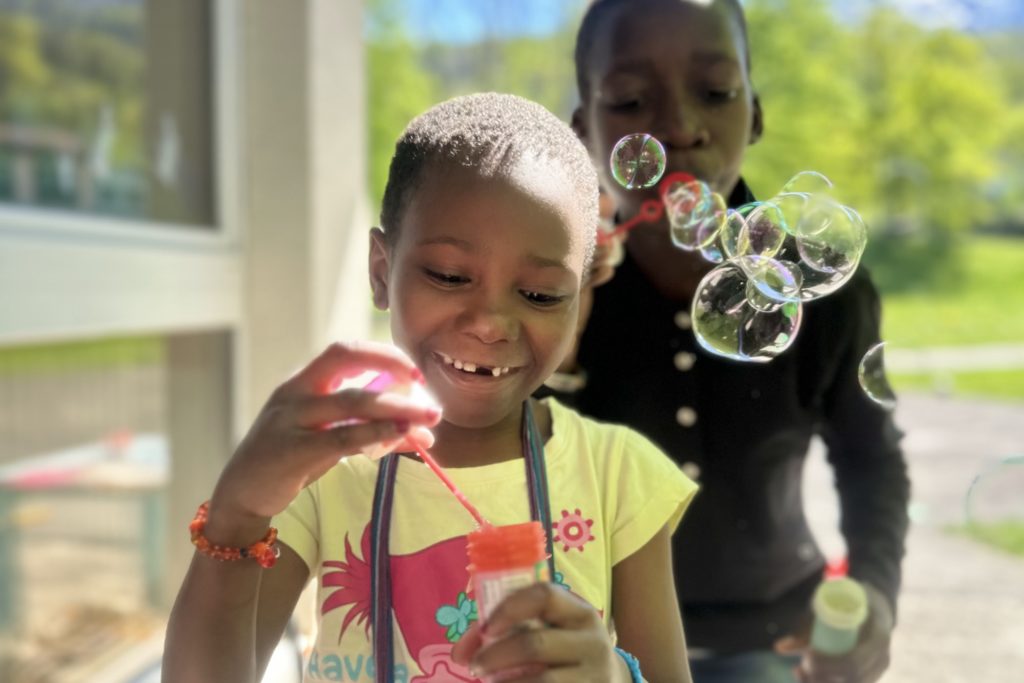
“Our surgical care would be meaningless without the welcome at La Maison. It’s together, thanks to the complementary nature of our respective actions, that we can save these children.”
Céline Vicario, coordinator of the CHUV Humanitarian Commission
A dramatic ingestion of caustic soda
The youngest of her family, Jolie grew up in southern Benin, surrounded by her five brothers and sisters. Her widowed mother grows food to feed her siblings. In August 2020, Jolie accidentally absorbed caustic soda, an extremely corrosive substance. “In Africa, families commonly buy caustic soda in markets, for household cleaning or to make soap, and are used to storing it in soda bottles or cans. Children will swallow the caustic product thinking they are drinking their favourite sweet drink”, explains Prof. Anthony de Buys Roessingh, the paediatric surgeon who, through the FCEA, transferred Jolie to Switzerland and operated on her at the CHUV.
In the space of a few seconds, what was an ordinary operation turned into a tragedy. “Swallowing caustic soda immediately causes inflammation of the oesophagus and stomach. Protected by its natural acidity, the stomach can recover from this attack. On the other hand, the oesophagus has no way of defending itself against the corrosive product. It will gradually shrink over the course of a few days”, explains Prof. de Buys Roessingh. “After two to three weeks, the child will generally no longer be able to eat or drink and will even start to spit out his saliva. He will have developed caustic stenosis of the oesophagus.”
For Jolie, this tragedy was the beginning of a long process of treatment. She had one consultation after another, first in her own country, then as soon as she was transferred to Switzerland.
A little girl out of breath
Fed exclusively through a gastrostomy tube for several years, Jolie arrived at La Maison in February 2024, emaciated and malnourished.
The first examination carried out at the CHUV revealed a more serious clinical picture than expected. In addition to her stenosis, the little girl was suffering from severe respiratory insufficiency. She can only breathe with her left lung; the right having been damaged. Already a serious condition, this was transformed into a very serious case.
“When I saw her in Benin during a mission in September 2022, Jolie was doing relatively well despite the extent of the internal damage caused by her accident. Unfortunately, she subsequently had several bronchoaspirations that destroyed her right lung”, explains Prof. de Buys Roessingh. “This is a potential complication in children with stenosis.”
From a grim prognosis to a miracle
Performed at the CHUV by a multidisciplinary team of which Prof. de Buys Roessingh is a member, Jolie’s operation proved to be complicated and risky. The coexistence of oesophageal and pulmonary damage necessitated two successive operations: first the removal of the right lung, then the replacement of the oesophagus. Her doctors fought for hours to enable the little girl to breathe, eat and speak properly again.
“Surgery for oesophageal stenosis is a highly specialised procedure that few surgeons in the world have mastered. In Jolie’s case, the removal of her damaged right lung added to the potential complications.”
When asked what the girl’s future would have been without the operation, Professor de Buys Roessingh believes that her life expectancy was at risk. “She was at risk of repeated bronchoaspirations and potentially fatal lung infections.”
For their part, the care team at La Maison share the conviction that Jolie’s story is close to a miracle. It is indeed exceptional to welcome a child suffering from two such serious pathologies, who recovers so successfully after an operation involving significant risks.
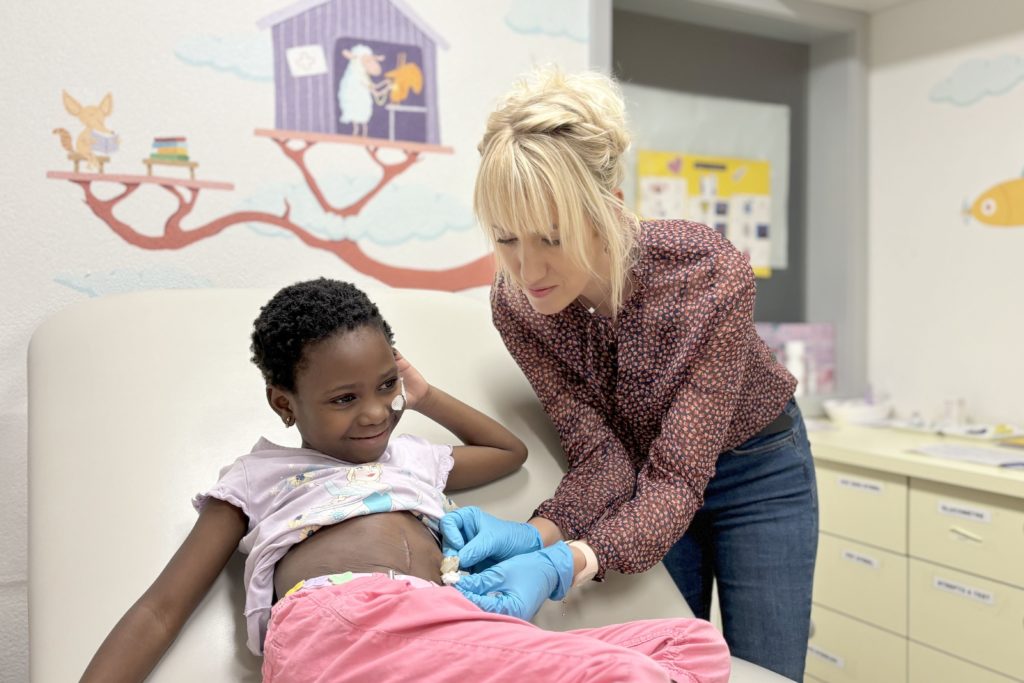
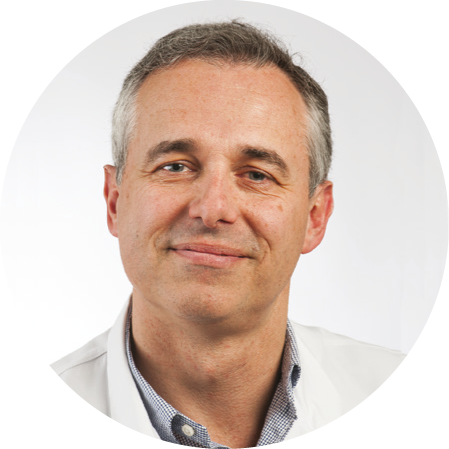
Our partner FCEA’s view
Interview with Prof. Anthony de Buys Roessingh, Head of the Department of Child and Adolescent Surgery at CHUV, President of the FCEA
Jolie was transferred to Switzerland by the FCEA, a foundation that you chair. How long has the FCEA been working with La Maison, and how has this collaboration enriched your mission?
The CHUV’s Department of Child and Adolescent Surgery has been sending a team to Africa for thirty-five years. The FCEA was founded eleven years ago to raise funds and improve our working conditions there. In 2014, we were able to build a paediatric operating theatre at Abomey Hospital, our local partner in Benin. Thanks to this infrastructure, we can operate on around seventy children a year and examine more than three times that number in pre- and post-operative consultations. It was during one of these missions that we discovered Jolie.
Children like her, with particularly complex conditions, are transferred to Switzerland and operated on at the CHUV. La Maison is an essential link in this care chain, as it provides accommodation and follow-up care, particularly in the case of oesophageal stenosis. This partnership with La Maison’s experienced team provides vital support to the children who stay there.
How does La Maison play a crucial role in supporting children after an operation for caustic oesophageal stenosis?
After the operation, the child must learn to eat again. This functional re-education is carried out with the support of the La Maison teams and can last several months, depending on the age and character of the child.
La Maison also provides careful post-operative supervision, including rigorous monitoring of the child’s diet. This is vital, as a recurrence of stenosis is a frequent complication at the junction between the old and new oesophagus.
What are your dreams for the future of the children cared for thanks to the CFAS partnership with La Maison?
It’s important to always have ideas and to try to make progress in our partnership. With the FCEA, we are looking to create a modern radiology centre in the hospital we work with in Benin. We are currently raising funds to acquire a scanner that will benefit more than two million people in the country.
And the aim of our collaboration is for all children to be able to be operated on locally, for nations like Benin to achieve complete surgical autonomy. At present, complex operations such as stenosis still require patients to be transferred to Switzerland, not least because there are no intensive care units on site to provide post-operative care.
Learning to eat again
A real challenge
After the operation, relearning how to eat is a delicate and demanding task. The swallowing mechanism, which we do unconsciously daily, represents a considerable challenge for Jolie.
Eliane Caloz, an educator at La Maison, explains: “Every stenosis is different. Jolie, who couldn’t swallow anything before her operation, progressed in small steps. She began by observing, smelling and touching the food, then dipping her lips to perceive textures and identify hot and cold.”
This familiarisation process takes some time, the main challenge being to swallow a sip or one bite at a time. Robin Hofmann, also an educator, adds: “It’s a mountain to climb for a child who has had a stenosis operation. We value every bit of progress they make, even if it’s just putting a morsel in their mouth. The day he finally manages to swallow is a real victory.”
A long road to recovery
However, rehabilitation is still a long way off. “Even with liquid or chopped foods, eaten in small quantities, children often vomit at first. Psychologically, it’s hard. They feel like failures compared to others. To encourage a positive relationship with food and help them rediscover the pleasure of eating, we suggest that they choose their favourite yoghurt or compote themselves, or that they prepare the snack with us.”
Eliane also emphasises the scale of the process: “Children have to learn everything. Not only swallowing and eating, but also discovering what they like, recognising the sensation of satiety and integrating social conventions at the table.”
Over the months, Jolie has made enormous progress in oral feeding and regaining a clear voice. She benefits from caring support, with an educator assisting her at every meal. In addition, she regularly visits the CHUV for check-ups and speech therapy sessions. Every day, supervised by the staff at La Maison, she practises the prescribed exercises: singing songs or blowing soap bubbles to strengthen the muscles involved in speaking and swallowing.
“Children have to learn everything. Not just swallowing and eating, but also discovering what they like, recognising the sensation of satiety and integrating social conventions at the table.”
Eliane Caloz, educator
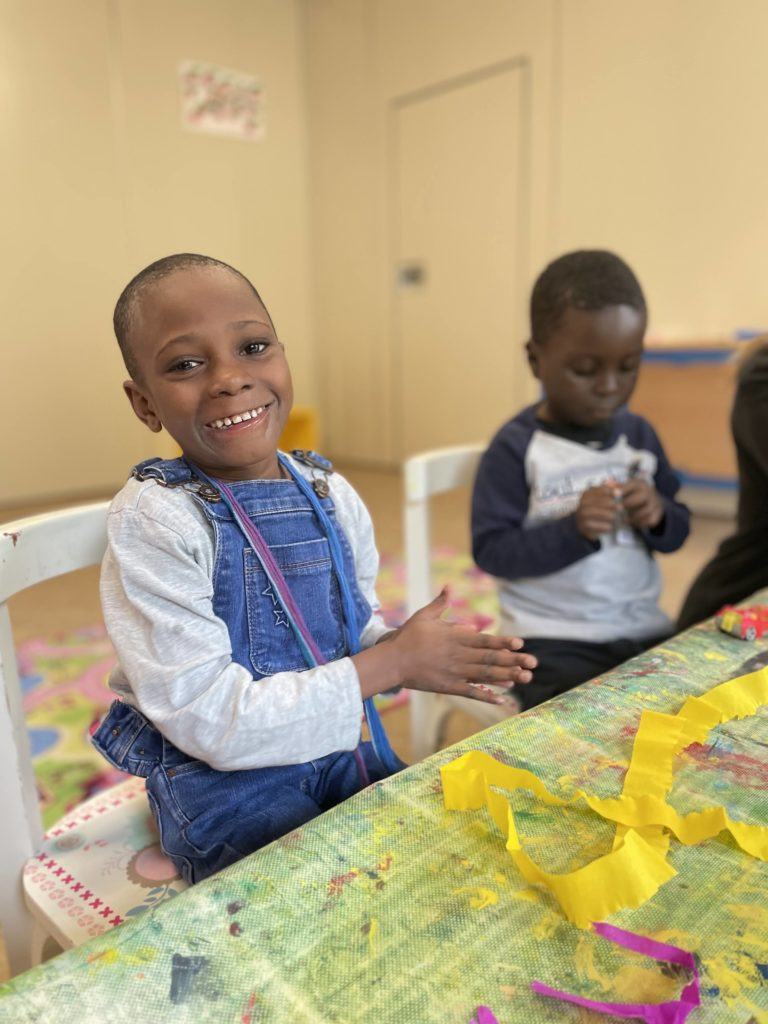

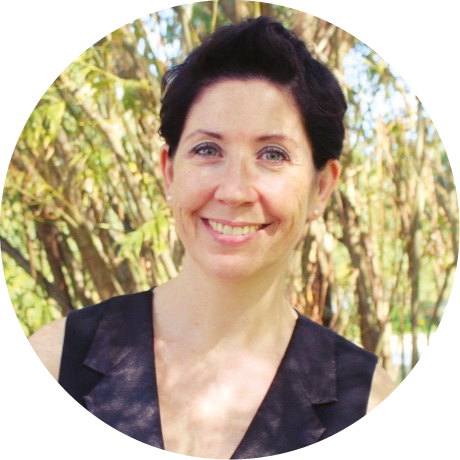
Our medical partner’s view
Interview with Céline Vicario, President and Coordinator of the Humanitarian Commission, Communications Department, CHUV
How would you define the partnership between the CHUV and La Maison? What has motivated the CHUV to continue this collaboration for more than sixty years?
Our collaboration with La Maison represents a lasting friendship, in keeping with the humanitarian tradition of the CHUV. This commitment has several interdependent strands: medical missions abroad, the hosting of trainees in Lausanne to encourage the transfer of skills, and the care of young patients transferred to Switzerland to receive life-saving treatment. It is within this comprehensive programme, with its truly 360-degree international outlook, that the partnership with La Maison finds its raison d’être.
The children arrive in Switzerland alone, sick and uprooted. They are separated from their socio-cultural references. They sometimes face a language barrier. At La Maison, they gain confidence and can cope with the medical challenges more serenely. Throughout their convalescence, they benefit from the positive psychological impact of the group, as well as from structured activities such as schooling. Our surgical care would be meaningless without this welcome at La Maison, which maintains a sense of normality in the children’s daily lives. This invaluable partnership enables the CHUV teams to concentrate exclusively on medical care.
What motivates the CHUV to maintain its mission of solidarity, despite the major challenges facing the humanitarian sector today?
At the CHUV, humanitarian aid is a tradition that is deeply rooted in our day-to-day practices. The care of the children at La Maison is registered with the Department of Health of the State of Vaud. It is a service of general interest that forms part of the canton’s healthcare arsenal.
Beyond this institutional framework, the sustainability of this commitment is based on the human relationships that develop between professionals from different countries. Behind the missions, there is a real sharing of experience and enriching encounters.
What are your hopes for the children operated on?
The children transferred to Switzerland are generally in critical medical situations, with limited life expectancy and no possibility of undergoing surgery in their own country. My hope is that they will enjoy a good quality of life when they return home. That they can once again play like other children, go to school and, quite simply, look forward to a brighter future.
What would you like to say to potential donors and partners to encourage them to join this wonderful chain of solidarity?
Supporting La Maison means offering hope to little patients who, faced with a medical emergency, unfortunately have no solution in their own country. It also means giving hope to their families, who are indirectly affected by the disease and often face economic difficulties.
At the CHUV alone, forty to sixty children from La Maison are operated on every year. In addition to the operations carried out in Geneva, this humanitarian programme, in which La Maison participates, is helping to change many lives. Without La Maison, this programme would no longer exist. The CHUV, Geneva University Hospitals and La Maison could do nothing on their own. It is together, thanks to the complementary nature of our respective actions, that we can save these children.
A second chance at life
After almost a year of care at La Maison, Jolie’s destiny has been transformed. She can now eat normally. “I like chicken, fish, chips, rice, couscous and carrots”, she says when asked what she prefers to eat.
This remarkable evolution is a testament to her resilience in the face of the hardships she has endured. “Jolie is a lovely little girl, very curious and full of energy”, says Robin. “She has incredible strength of character. During her stay, she never complained about her illness and was always smiling.”
The little girl will return to Benin in February 2025. She will be under the medical care of our partner FCEA. On the eve of her departure, she talks about her friends from La Maison, Charlotte, Segla, Hannata and Rabaatou, whom she will miss. She mentions the temporary tattoos she discovered in Massongex, and the swing she loves so much. Above all, her face lights up and her eyes light up when, with a radiant smile, she expresses her joy at finally being reunited with her mum.
Your financial support is crucial to the life and survival of the children at La Maison. It enables us to continue to offer a future to seriously ill children who, like Jolie, need vital care that is unavailable at home.
